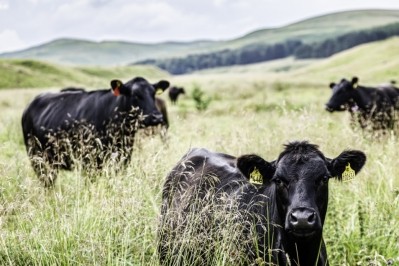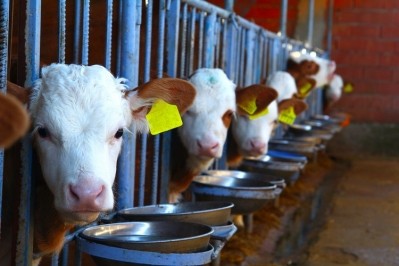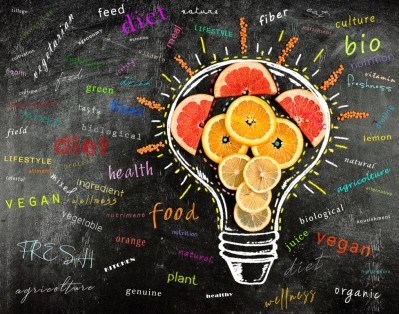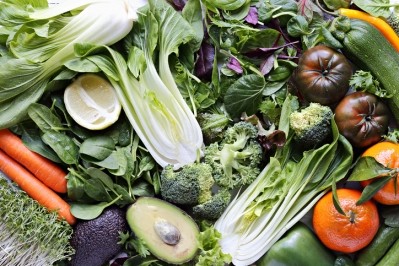DSM talks reducing emissions from livestock: ‘We are helping industry improve its environmental credentials and image’
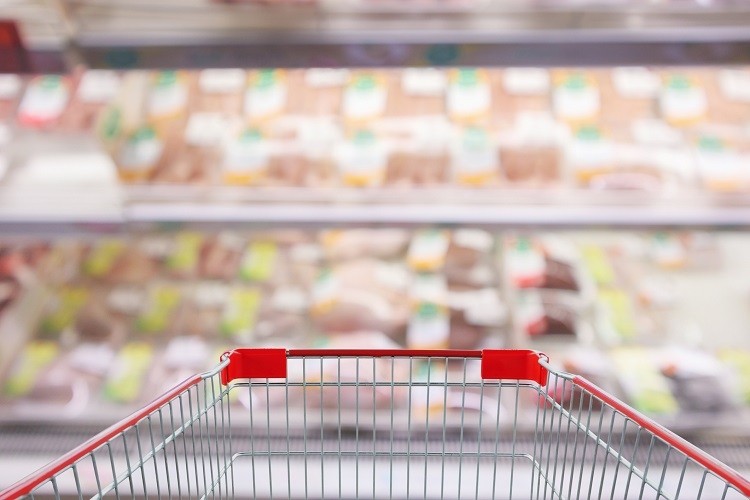
Meat and dairy industries are regularly criticised for the greenhouse gas (GHG) emissions associated with their production.
According to the UN Food and Agriculture Organization (FAO), emissions from global livestock total 7.1 gigatonnes of CO₂-equivalent per year, with animal agriculture accounting for 14.5% of all anthropogenic GHG emissions.
Associations between industry’s high emission output and climate change is driving environmentalists to promote more plant-based diets. Greenpeace, for example, wants the European Commission to recognise the environmental impact of meat and dairy ‘overconsumption’.
More specifically, the NGO is campaigning for meat consumption in the EU to drop by 71% by 2030 and 81% by 2050.
Dutch multinational Royal DSM believes both the environmental footprint and image of animal protein can be ‘significantly improved’ by altering what livestock eat. “Innovation in feed is paramount,” according to David Nickell, VP of Sustainability, Animal Nutrition and Health, who told FoodNavigator DSM has launched a new platform designed to reduce livestock emissions through feed.
Cutting GHG emissions through feed
“Approximately 70-80% of the environmental footprint of animal protein production is related to feed – this includes the footprint of the crops used in the feed, the digestion, absorption and retention of the nutrients by the animal, and the manure produced thereafter,” explained Nickell.
DSM’s new platform, which it has coined ‘Reducing emissions from livestock’, is centred around the ‘micro-nutrient functionality’ of feed. It is this aspect, the VP explained, that offers ‘tremendous gains’ in feed efficiency, farm productivity and subsequently the reduced environmental footprint of animal protein.
“For instance, through the combination of our advanced farm foot-printing service, feed enzyme and eubiotic solutions, we can identify issues of nitrogen loss to the environment – a major environmental issue affecting the image of the sector – and address this by improving the nitrogen utilization efficiency of the farm.”
This means that DSM can reduce the amount of protein in the feed, which it says ensures the protein remaining is better digested and absorbed by the animal. In turn, this results in less nitrogen – ‘in its various polluting forms’ – flowing to the environment, Nickell explained, while maintaining or improving farm productivity.
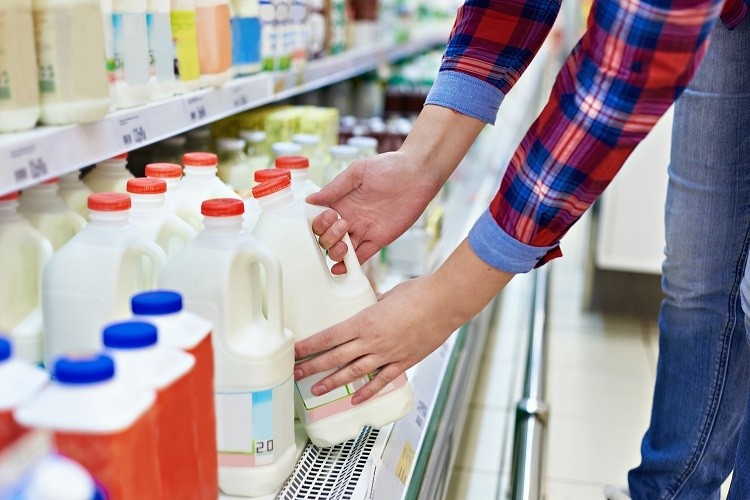
DSM’s Animal Nutrition and Health division says it has also been able to identify and address other environmental variables, such as GHG emissions through nutritional interventions. “For example, in ruminants we have developed cutting-edge technology that directly reduces methane production by a minimum of 30% - this means that through this intervention alone, we are able to reduce the average GHG (CO₂eq.) footprint of a kilo of milk produced in western Europe by 10-12%.
“Considering 10% of the EU’s GHG emissions are derived from agricultural activities, and 40% of this comes from enteric methane, this innovation is truly transformational and will significantly improve the environmental image of the sector,” we were told.
Fewer emissions…and lower costs?
DSM claims its innovations can not only reduce the environmental footprint of the livestock industry, but also costs.
For instance, according to Nickell, the widespread use of phytase feed enzymes enables the industry to reduce the amount of finite rock phosphate used in feed, and instead, ‘very effectively’ release the phosphorus already naturally present in the vegetable feed raw materials.
“This has led to significant financial gains for the industry while reducing its reliance on natural resources and lessening the amount of phosphorous excreted to the environment – a major cause of freshwater pollution,” he continued.
“In many countries, the use of phytase feed enzymes, along with strict manure handling legislation, are essential to help clean up Europe’s freshwater resources and address the issues of water pollution of agricultural runoff.”
More sustainable practices will also help European farmers attract subsidies in the coming years. “With the European Green Deal and the newly reformed Common Agricultural Policy (CAP) focused on more sustainable agriculture, a significant proportion of farm subsidy payments will be related to environmental and climate friendly farming practices,” Nickell told this publication.
“Key to achieving the ambitions of more sustainable food systems and improving the environmental image of the sector is the alignment of policy with practical, proven solutions that can be implemented broadly at farm level while taking into account the highly nuanced nature of animal production.”
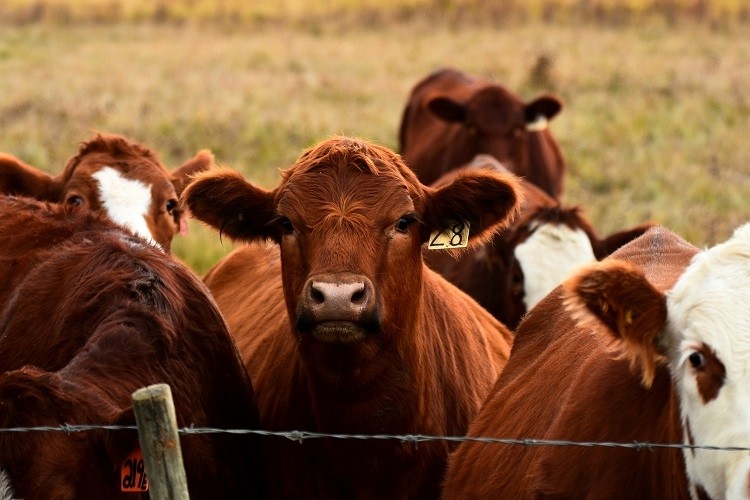
Relaying sustainable practices to the consumer
Is there a way for consumers to know that their meat or animal products were produced with fewer emissions? According to Nickell, consumer demand is there, but a lack of transparency on food labelling is hindering such communication.
“It is estimated that food accounts for 10-30% of a household’s footprint, yet there is a lack of transparency on food labelling to enable consumers to start to make environmentally conscious purchase decisions.
“Consumers play a major role in addressing the societal need for more sustainable food systems, but in order to accelerate this shift, clear and understandable footprint labelling is required on product packaging.”
For this to happen, DSM’s VP of Sustainability, Animal Health and Nutrition, believes robust footprint analysis is needed right down to the individual farm.
“Often average industry data sets and proxy data sets are used to estimate the footprint of foods, yet this does not differentiate those farmers that are progressive and have invested in technologies that have resulted in food produced with a proven lower environmental footprint – unfortunately to many consumers, beef is beef, irrespective of the way it has been grown. Based on general, high level perceptions, they deem it environmentally unsustainable.
“Yet in this example, the footprint of beef production varies considerably depending on the farming system. This is not generally known by the consumer.”
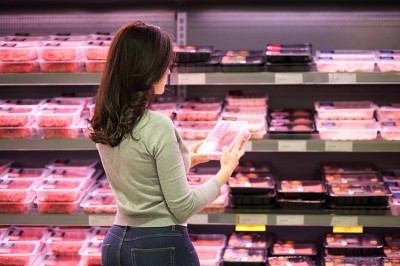
Moreover, footprint data is often reported on a ‘per kilo of product’ basis, irrespective of the nutritional value of the food item, Nickell highlighted. This means that comparisons of environmental impact between food types ‘becomes misleading’.
“Today there are farmers already producing animal protein with a low environmental footprint and as the industry implements further measures to become more sustainable, it is vitally important that accurate, credible footprint labelling becomes common place, allowing the consumer to make informed choices and the industry to unlock the value of their investments.
“Fortunately, the industry is already moving this way. There’s been a seismic shift in areas such as recyclable packaging and now drive for quality products, whether they be milk, meat, fish or eggs, that are transparently and ethically produced.”
Further, metrics like eco-labelling on food packaging that reflect the total environmental impact of food, from farm to fork, are gaining interest. However, Nickell believes that wider awareness and education is crucial to create global change.
“We’re also seeing farmers begin to command more control and gain higher prices if they are able to operate in an environmentally friendly manner, however, this will continue to be driven by consumer demand,” he told this publication.
“It’s up to us, and us as an industry, to communicate the scale and effect we’re having and that starts with accurate, credible measurement at farm level.”
